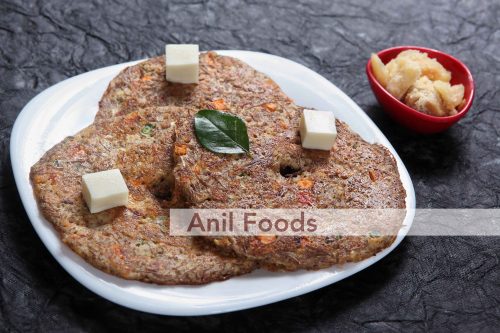Ragi or finger millet (Eleusine Coracana) is a well- known cereal that is highly nutritious but often ignored when it comes to including them in our daily diets. However, in Southern India, a generation ago, many were familiar with this millet and consumed it as a part of their daily diet. Ragi also known as Nachni is known for its nutritive and therapeutic value along with numerous health benefits.
Ragi is considered one of the most nutritious cereals. It has different names in local languages. It is known as Ragi in Telugu and Kannada, Kelvaragu in Tamil, and Mandua in Hindi.
Top 5 Health Benefits of Ragi
High Protein Content
Ragi contains high protein content which is considered crucial to human health. Some of Ragi varieties have protein content double of rice. Its main protein content is the Eleusine which is easily incorporated in the body and it also has significant quantities of tryptophan, cystine, methionine and amino acids. This cereal helps in preventing malnutrition as it is good source of protein.
Rich source of Minerals
Studies point out that finger millet is a super cereal as of all the major cereals; it is one of the most nutritious. It is a rich source of minerals with calcium content 5-30 times more than in other cereals. Calcium is important in maintaining bone density and it would be a healthy alternative for those at a risk of osteoporosis or low hemoglobin levels.
High Dietary Fiber levels
Ragi has high dietary fiber levels and phytochemicals, which are varied group of chemical compounds that help to combat disease. It is richer in polyphenols when compared to grains such as barley, wheat, rice, and maize. Those diabetic will benefit by including finger millet in their diet as it helps to control blood glucose levels, hyperglycemic and oxidative stress.
Rich in Anti-Oxidants
Ragi is rich in anti-oxidants like phenolic acid, flavonoids, tannins which help prevent cancer and ageing.
Reduces Bad Cholesterol (LDL)
Finger millet reduces the risk of heart diseases. It inhibits lipid oxidation and LDL cholesterol oxidation. Low-density lipoprotein is termed bad cholesterol and oxidized LDL inflames the arteries leading to the risk of strokes, heart attacks, and artherosclerosis.
Ragi in Daily Diet
Ragi can be included in your daily diet in the form of flour where it needs to be soaked, sprouted and milled. You can make dosas, soups, porridge, halwa,upma, ladoo, cookies, malt and many more with this millet variety.
Ragi Dosa Recipe for Breakfast
Ingredients
- Ragi Flour or sprouted Ragi flour – 1 cup = 250 ml
- Fresh desiccated coconut – ½ cup
- Curd – ½ cup
- Salt as required
- Water as required
- Oil or Ghee
Step by Step Method to prepare Ragi Dosa Recipe
- Take Ragi flour in a bowl and add desiccated coconut to it. To this add curd and salt.
- Add water and mix well. The batter should be slightly thin when compared to the regular dosa batter.
- Set aside and keep it covered for half an hour.
- Then, you can make dosas with this batter. Heat the Tava and pour the batter and spread it slowly.
- Pour few drops of ghee or oil and turn it over till it turns crisp.
- Serve hot with chutney or sambhar.




